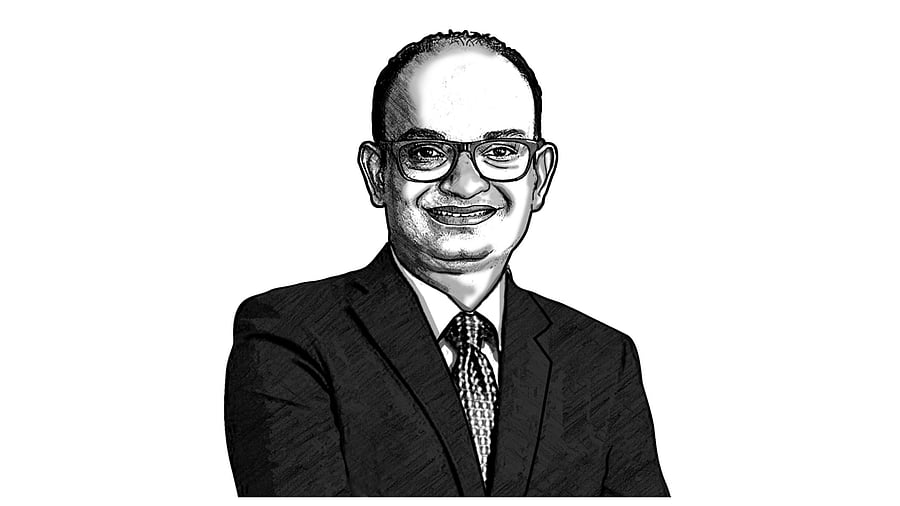
Gopichand Katragadda, the former CTO of Tata Group and founder of AI company Myelin Foundry, is driven to peel off known facts to discover unknown layers.
For centuries, the moon has been an object of fascination and romance in Indian culture. From timeless Hindi film songs like Aadha hain chandrama, raat aadhi to Telugu songs like Jabillito Cheppana, and more to scores of recent numbers, the moon has symbolised beauty, love and longing. Now, India’s relationship with the moon has evolved beyond poetic yearning to a more tangible realm -- space exploration, with the successful landing of Chandrayaan-3 near the lunar south pole.
I can personally attest to the transformative power of space exploration. My master’s research was funded by NASA, offering me a unique lens to understand the intersection of science and commercial opportunity.
NASA’s moon landing programme of the 1960s, for example, has made significant contributions in this regard. Technologies like telemedicine, portable ultrasound machines, and water purification systems initially developed for space missions have proved especially valuable in providing healthcare solutions in rural and underserved areas. Advancements in material science developed for spacecraft efficiencies have trickled down to various automotive applications, including more durable tires.
Other applications include environmental monitoring, disaster relief, food packaging, storage, and public safety. These examples demonstrate the broader commercial and societal benefits of space exploration beyond the immediate objectives of the mission.
The successful Chandrayaan-3 mission creates enormous potential for India, not just for scientific advancement but also for creating spin-off commercial global-first products from India. As the first country to land near the lunar south pole, India is poised to make unprecedented scientific discoveries, especially in areas like lunar mineralogy and potential water ice deposits. Also important is the impact the underlying technologies can have on human health and comfort. A stated objective of India’s moon exploration programme should be to enable the commercialisation of the technologies developed. It’s time for the Indian Space Research Organisation (ISRO) to catalogue these technologies, and make them available for commercial applications under appropriate licensing agreements. This can generate revenue for further research and spur innovation across various sectors in India, from healthcare and transportation to material science.
It is fascinating to reflect on the poetic allegories that have celebrated India’s perception of the moon. Chaand ko kya maloom… is a song about the distant moon and its inability to understand the love of a chakor (partridge) which silently pines for the moon. Another song, Tu chupi hain kahan, talks about the singer’s renewed creative energies after finding his lost love, likening the renewal to being bathed in moonlight. These artistic portrayals may have ascribed emotions to a celestial lover, but today’s scientific explorations bring us closer to understanding the moon’s composition and potential. The scientific and poetic views of the moon offer different facets of India’s enduring lunar romance.
The moon, a celestial muse for artists and lovers across India, has become a canvas for the country’s scientific and technological aspirations. As India joins a select group of nations capable of lunar landings, it also brings a rich talent pool to the global space community. The leverage should also be extended to being a hub of innovation for commercial applications. With a strategic intent beyond space exploration, the success of Chandrayaan-3 promises India a technological future as bright as the full moon.